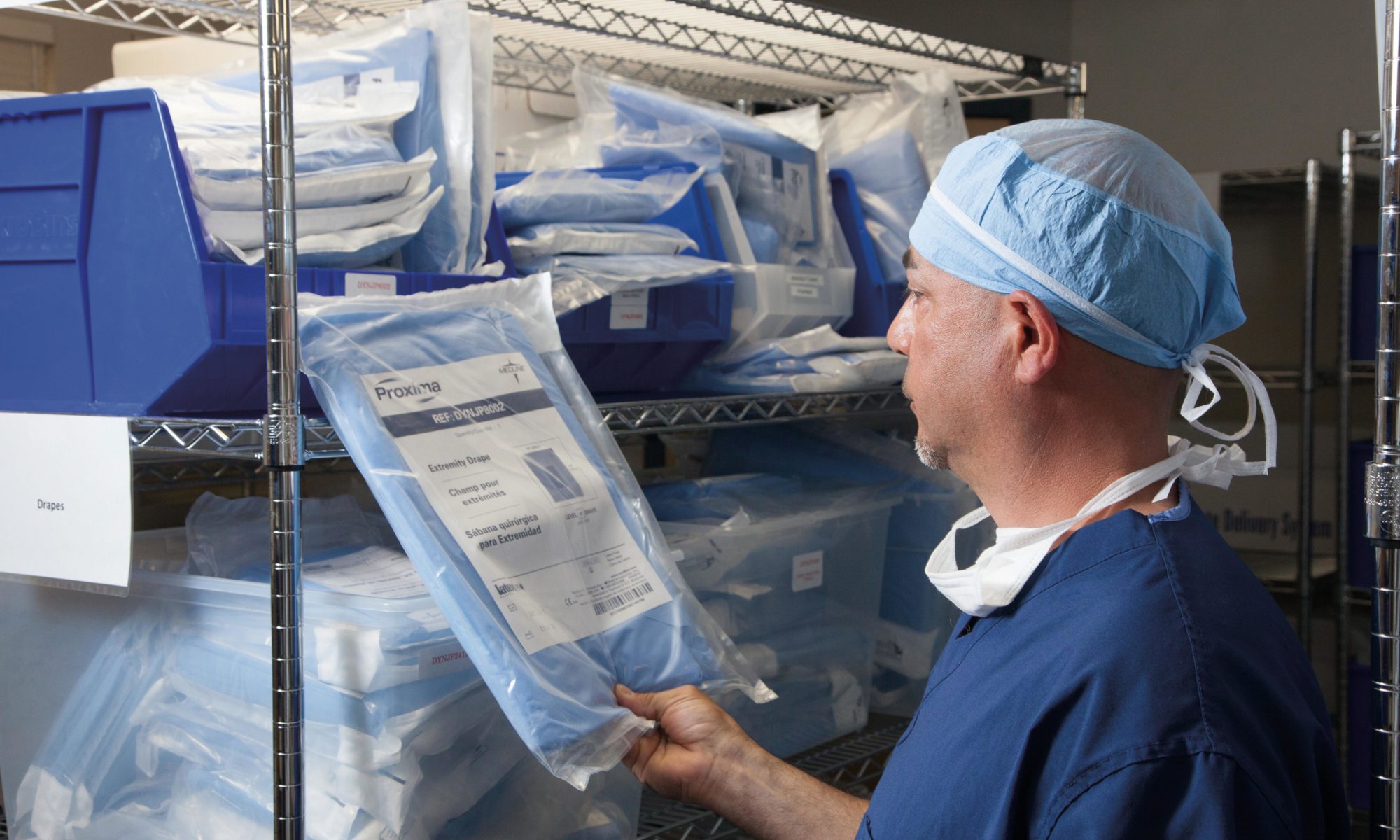3 Ways to Change Ordering Strategy to Save Money

By Antonia Finlayson | July 31, 2018
The demand for procedures at outpatient surgery centers continues to climb, and the volume doesn’t always equate to a greater return. The Ambulatory Surgery Center Association’s data still shows that Medicare reimburses ASCs only 58 percent of the rate it pays hospitals.
In talking with customers, we’ve discovered many surgery center leaders are challenged by understanding case costs or how much it costs to perform cases across the different specialties within their center. One of the most common issues is that their supply-ordering strategies are not aligned with goals for their centers. Here are some starting points to tweak ordering strategies and save money.
Benchmarking
This can be a great place to start when it comes to determining the supply element of your case cost. Knowing your average case costs and the supply cost component means you can gain efficiencies by ordering exactly what you need, when you need it. You won’t order excess products that increase stocking time, might go to waste or take up unnecessary space.
Change Your Process
Since surgery centers are often run by small, very talented teams, this means everyone must wear different hats. Those in the clinical sphere step into the business sphere. While it shows versatility, it can result in supplies being ordered only when there’s realization they’re needed.
Though requiring teamwork and a good schedule are recommended, the “once per week” ordering process seems optimal. Surgery centers that take an “as-needed” approach will find they are working on and sending out multiple purchase orders each week. This may result in ordering supplies that are already included in an existing contract, thus leading to waste, unnecessary spending and time spent from clinical staff.
Review Contracts
Rather than placing orders on demand, surgery centers can be more strategic about their ordering. Review contracts and current orders. Is everything on the order on contract? If not, could you switch to something that is on contract or talk to your rep about getting the supply you need on a contract?
When looking at your entire strategy, you will notice communication and collaboration will be important. Communicate with your clinical staff and with your representative. The inefficiencies will present themselves when the entire team is working together, and your supplier might have fresh ideas to reduce costs because they may have resources to help track and share information, and offer an outside perspective of your ordering process.
This story originally appeared in Outpatient Outcomes magazine. Click here to subscribe.
Simplify operations and increase efficiency when ordering supplies for your surgery center.
Antonia Finlayson
Vice President of Marketing for Specialty Sales
Antonia Finlayson is responsible for creating marketing strategies and working with customers to find solutions for ambulatory surgery centers, physician offices, transplant organizations, research facilities and career colleges. She graduated from the University of Illinois and completed her Master’s at DePaul University. She also owns and creates content for an outpatient facilities’ magazine, Outpatient Outcomes. Prior to Medline, Finlayson was a global marketing and product manager at Thermo Fisher Scientific. She is a member of PWH, LPA, ASCA and AALAS.


